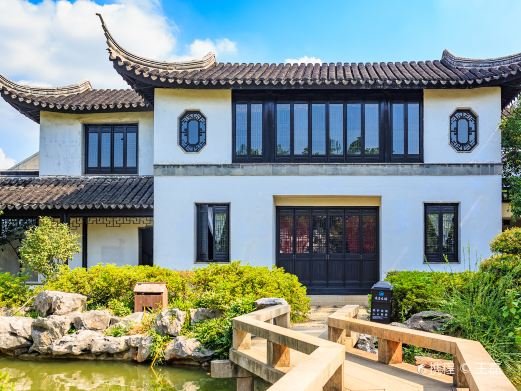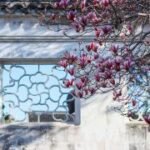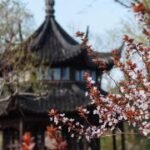Gusong Garden, a Qing Dynasty residential garden-style architecture, was built by Cai Shaoyu, a wealthy man from Mudu in the late Qing Dynasty. The buildings within the residence are simple and elegant, with exquisite carvings that hold significant artistic and cultural value, and are protected as a cultural heritage site in Suzhou. In the backyard, there stands a Ming Dynasty Arhat pine, which is lush and vigorous, with a beautiful posture, and the garden is named after this pine. The layout of Gusong Garden follows the typical Qing Dynasty residential garden style with a front residence and a backyard. The buildings are simple and elegant, with exquisite carvings that hold significant artistic and cultural value, and are protected as a cultural heritage site in Suzhou.
The unique feature of the Gusong Garden’s pavilion is that there are sixteen upside-down flower baskets carved at the lower end of the eaves, and sixteen phoenixes carved on the upper beams of the building, hence it is also known as the ‘Flower Basket Pavilion’ or ‘Phoenix Pavilion’. The carvers of the Phoenix Pavilion were Zhao Zikang and Zhao Nai, both from Fenghuang Village in Mudu Town, Suzhou, who were renowned carvers at the turn of the Qing and Republic of China periods. Their famous work is the Dongshan Carved Building, and the Mudu Phoenix Pavilion is considered their early work, which is why some refer to these two buildings as the ‘Northern and Southern Sister Carved Buildings’. All the carvings on the Phoenix Pavilion are auspicious patterns, commonly known as ‘seeking blessings’.
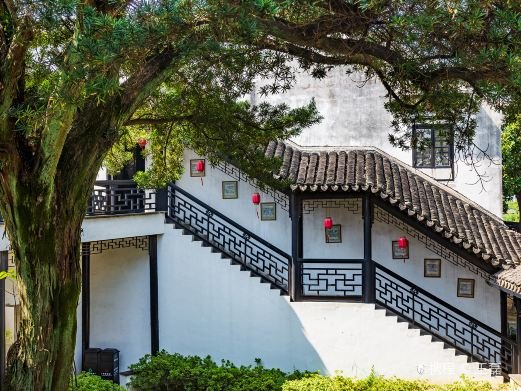
Upon entering the garden, one can see an Arhat pine over ten meters tall, a relic from the Ming Dynasty. According to the ‘Wu County Chronicles’, this tree is over five hundred years old. From its appearance, it remains lush and vigorous, with no signs of aging. Not far to the north, there is a ginkgo tree, thick enough to embrace, with a straight trunk. In autumn, the tree is laden with fruits, and in early winter, it turns golden, bringing joy to the front and back yards. Surrounding the tree is a winding double-layered corridor, where one can enjoy the close view of the ancient pine’s greenery and the distant view of Lingyan Mountain, evoking a sense of transcendence.
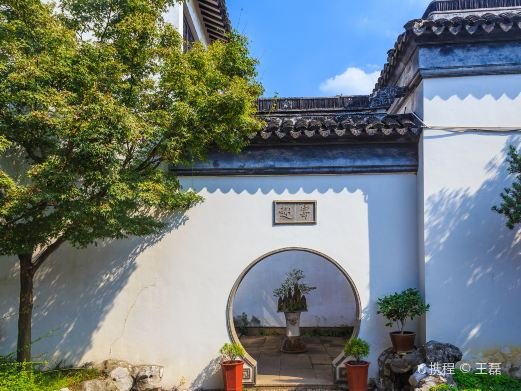
There is also a pond in the garden, about half an acre in size, with rocks, artificial hills, pavilions, and corridors set around the water. The reflections of the buildings intertwined with the sky and clouds make the scenery even more charming. The garden feels more spacious and graceful because of this water feature, which aligns with Du Fu’s poetic scene of ‘famous gardens by the green water’.
Admission is free for children under 4 meters (excluding 1.4 meters), while those 1.4 meters (inclusive) and above are required to purchase adult tickets. Seniors, disabled individuals, military personnel, retired cadres, and students do not enjoy any special discounts on this project. The above information is for reference only, and the specific details are subject to the public notice at the scenic spot.
